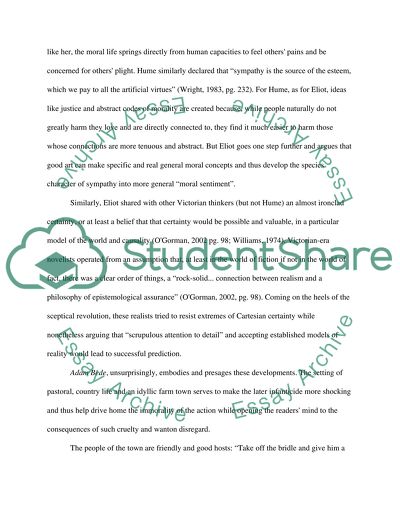Cite this document
(“Adam Bede: Sympathy, Causation and Victorian Philosophy Essay”, n.d.)
Retrieved from https://studentshare.org/literature/1405669-by-what-means-does-george-eliot-seek-to-develop
Retrieved from https://studentshare.org/literature/1405669-by-what-means-does-george-eliot-seek-to-develop
(Adam Bede: Sympathy, Causation and Victorian Philosophy Essay)
https://studentshare.org/literature/1405669-by-what-means-does-george-eliot-seek-to-develop.
https://studentshare.org/literature/1405669-by-what-means-does-george-eliot-seek-to-develop.
“Adam Bede: Sympathy, Causation and Victorian Philosophy Essay”, n.d. https://studentshare.org/literature/1405669-by-what-means-does-george-eliot-seek-to-develop.


